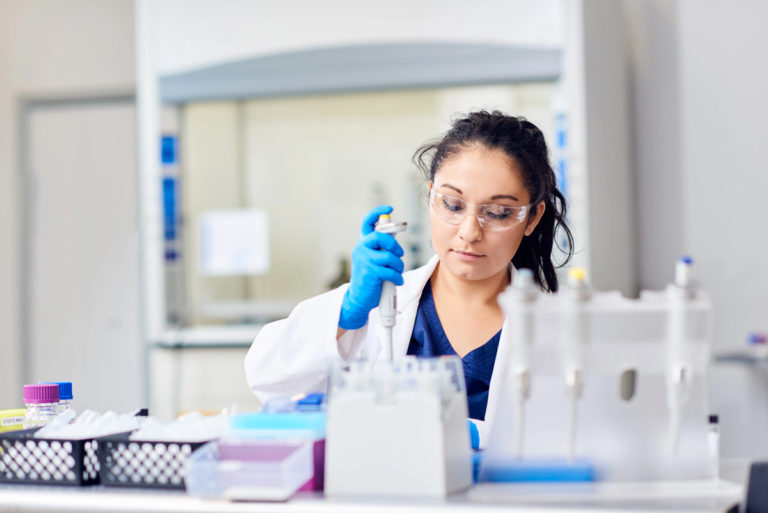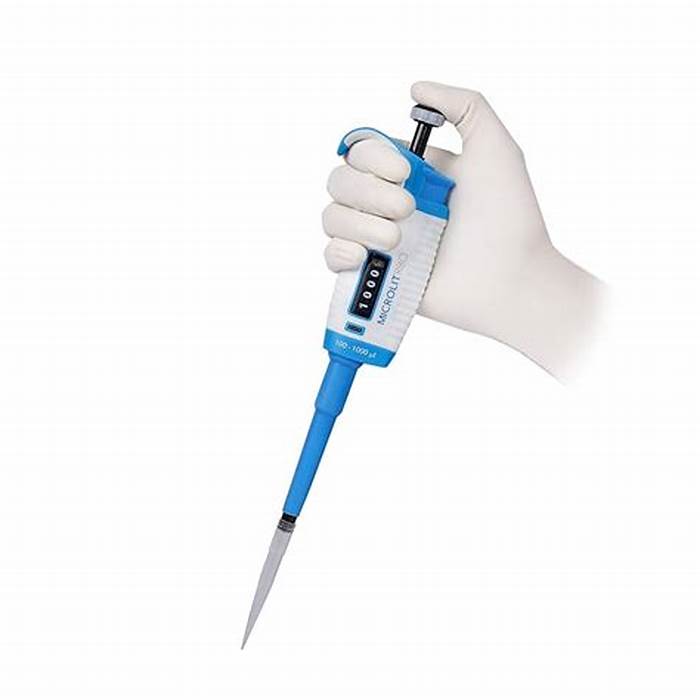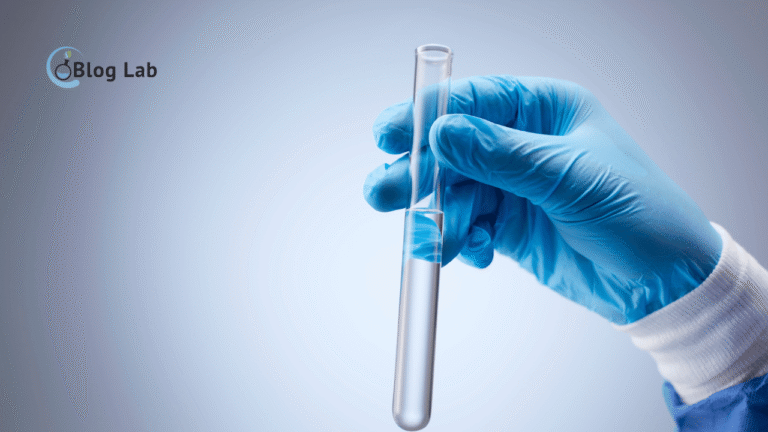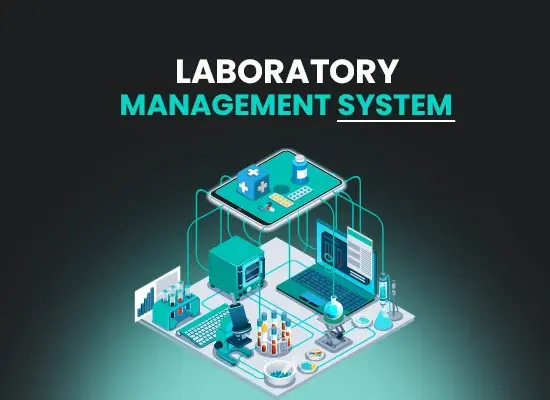Micropipet and Tip Functions: Important Tools in Biology and Chemistry Laboratory · Global Voices

The lab is a place where science is created through experiment and research. For students who are studying biology and chemistry, understand function Lab tools It's an important step forward for practical success. One of the most commonly used tools and has a crucial role is micropipe and tip. This article will discuss the function, the use, and the importance of the micropet and tip in the lab.
Is that a micropipe and a tip?

Micropipet It's a laboratory tool used to measure and move fluids in very small volumes, usually in microrolitaries. It's very precision and often used in experiments that require high accuracy, such as PCR, electroforesis, or manufacture Chemical solution.
Meanwhile, tips are the parts that are installed on the tip of the microphone. Tip serves as a temporary container for the fluid to be moved. Tip is usually made out of disposable plastic to avoid contamination between samples.
Micropipet and Tip functions in Laboratories
- Akurasi dan Presisi
Micropipe is designed to measure the volume of fluid with a very high accuracy level. It's very important in biological and chemical experiments, in even a small error in measurement can affect the results of research. - Prevent Contamination
The tip used on a disposable microphone. It helps prevent contamination between samples, especially in experiments involving DNA, RNA, or any other biological material. - Efficiency in Fluid Usage
With micropies, students can save use chemical material Or reagent because it can measure very small volumes accurately. - Supports a Various Type of Experiment
Micropipes and tips are used in various practices, such as solution dilution, cultural media manufacture, or quantifiable analysis in analytical chemistry.
How to properly use Micropipet and Tip
- Select Matching Micropipe
Make sure the micropies are used according to the volume of the liquid will be measured. For example, a micropet of 100-1000 maximum is not fit to measure the volume below 100 meters. - Set Tip Right
Press the tip of the micropipe into the tip until there's a "click" that indicates that the tip is safely installed. - Micropipet calibration
Before using it, make sure the microphone is calibrated to confirm accuracy. - Liquid Dispense and Aspiration
- Press the micropetal plunger until it reaches first stop to pick up the fluid.
- Put the tip in the fluid, then release the plunger slowly.
- To emit fluid, press plunger until second stop.
- Discard Tip After Used
Once it's done, throw a tip in the trash can specifically to avoid contamination.
Choose Micropipet and Right Tip
- Select Quality Micropipe
Make sure the microphone used has high accuracy and precision. Micropipe from a reliable brand like Eppendorf or Gilson could be an option. - Use Compatible Tip
Tip must match the type of microphone used. Incompatible tips can cause leaks or inaccuracy in measurements. - Pay attention to Required Volume
Choose a micropet with a volume range that matches the need for experimentation.
Conclusion
Micropipes and tips are important tools in biological and chemical labs that allow students to do accurate fluid measurements and efficient. By understanding its function and its use, students can increase the quality of practice and avoid errors that can affect the outcome of the experiment.
By mastering the use of micropipes and tips, students are not only becoming more skilled in labs, but also ready to face future research challenges.
FAQ (General Question)
What's the difference between a microphone and a regular picket?
Micropipes are used to measure small volumes (usually in mistros), while the pipes are used for larger volumes.
Can tips be used multiple times?
No, tip should be used in order to avoid contamination.
How do I clean a microphone?
Micropipe can be cleaned with clean laps or alcohol, but avoid wetting the inside to keep his accuracy.
With this article, it is expected that the students can better understand the importance of micropipes and tips in the lab and how to use them properly. Happy practice!
Reference Source:





